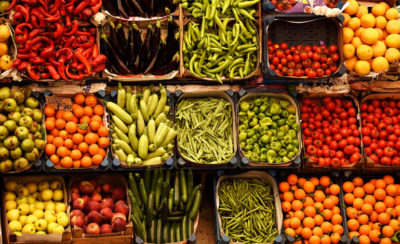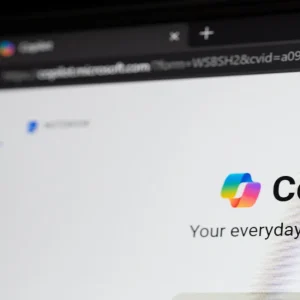
The future of food technology innovation is accelerating its way into the food industry, and in the online food delivery services in particular.
In terms of delivery management, things are changing as never before.
Advances around routing optimisation, real-time tracing, customer notifications, analytics and others have been applied to varying effect.
However with the rise of the Internet of Things and its adjacent technologies promise to radically change the food supply chain from farm to fork including takeaway food ordering and delivery.
Online food delivery marketplace, Just Eat said it would bring together Virtual and Augmented Reality, Artificial Intelligence, self-driving robots to change how we find, order and obtain food.
It is not just the online marketplaces such as Just Eat and Hungry House but also FMCG (Fast-moving consumer goods) companies have begun exploring ways in which IoT may benefit the product development and also increase the rise of food delivery within the industry.
In an interview with Cambridge Network, Sajith Wimalaratne, Cambridge Consultants said: “The IoT promises to drive tremendous innovation and economic growth- but it won’t be a case of just delivering billions of connected things.
“It will be about how the IoT transforms organisations to provide service offerings, and the amazing array of new innovations, experiences and benefits that will result.”
 With the Internet of Things already acting as an accelerator in changing the way customers shop and how consumers do business, it opens new ways to discover how products are really used, providing real-time customer insight.
With the Internet of Things already acting as an accelerator in changing the way customers shop and how consumers do business, it opens new ways to discover how products are really used, providing real-time customer insight.
Innovations like barcode and sensor-based IoT data are relatively applied to food chains for follow-up information during delivery and transaction, for instance from warehouses, stores to distribution points.
This may increase the rate of competition between online food delivery companies, as the new innovations may be seen to act as a way for not only acceleration into the digital world but also a leeway of new ideas to come.
Amazon which is already established in the food delivery business is applying machine learning and artificial intelligence on fresh food management in order to cut wastage.
Some estimates say up to half of fresh fruit and vegetables are lost between farm and fork.
Industrial manufacturing giant Emerson recently leveraged new technology to improve food safety between the farm and supermarket. It was identified that the advances in Internet of Things make it easier to implement safe delivery of food.
Food tracking and traceability are still the most common types of Internet of Things use in the food chain.
This has now become a common factor, whereby companies install sensor networks that measure food temperatures, transport containers and various others.
Emerson used this as a chance to take a shift from the traditional thermometers in packages and has now begun providing customers with small sensors that continually measure the surface of refrigerated or frozen foods in real time.
The sensors send alerts if foods go above safe temperatures.
An advantage of end-to-end food safety monitoring being that it enables the parties involved in supply networks to quickly identify points if contaminated food is discovered.
 Overall, food delivery apps such as Just Eat, Deliveroo and UberEats are known to have added a major impact to takeaway sales of restaurants by 54 percent on average, now with IoT underway it is expected to rise some more. Just Eat already has a ‘bot’ programme for food delivery
Overall, food delivery apps such as Just Eat, Deliveroo and UberEats are known to have added a major impact to takeaway sales of restaurants by 54 percent on average, now with IoT underway it is expected to rise some more. Just Eat already has a ‘bot’ programme for food delivery
Ocado, an online food retailer, just recently announced that it will be developing a 4G-based wireless protocol to control the robots powering its new warehouses.
The highly automated warehouses are to be offered as part of the ‘Ocado Smart Platform’ which enables international partners to build scalable, sustainable and profitable online retail businesses.
View here for how IoT recently made it’s way to the Fashion and Retail industry.






